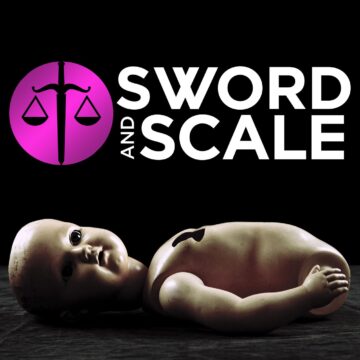In the 16th century, a series of deadly epidemics swept through much of the region of Mesoamerica known as the Aztec Empire, killing untold millions. By the start of the first of these epidemics, the area had become woefully accustomed to devasting epidemic disease, as the Spanish conquistadors had introduced smallpox, measles, typhus, and influenza, among other infections. But this disease, with its tendency to induce massive hemorrhage, fever, jaundice, and rapid death, seemed different from those now familiar infections, and so was given a new name: cocoliztli. People watched in horror as cocoliztli overtook town after town, village after village, sometimes killing as much as 80% of the population and leaving nothing but desolation in its wake. Hundreds of years after the epidemics ended, debate about the pathogen responsible for cocoliztli remains. In this episode, we’re going deep down the rabbit hole of this medical mystery, linking the spread and nature of these epidemics with the characteristics of the many pathogens that have been proposed over the years. We draw from contemporary accounts, ecological analyses, and even a recent ancient DNA study to make our evaluations, but do we ever get to the bottom of cocoliztli? Tune in to find out.
Learn more about your ad choices. Visit megaphone.fm/adchoices









